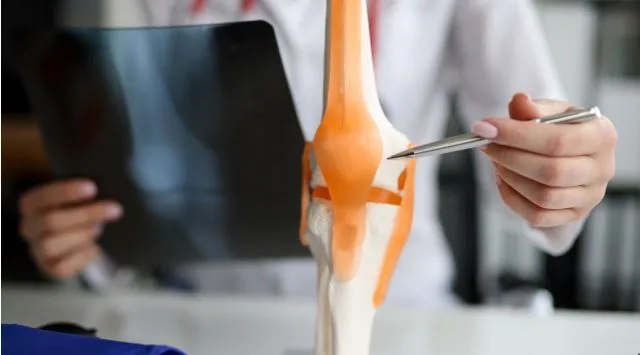Scientific Infrastructure and Growth: The Supply Chain That Fuels Discovery
When you read about a groundbreaking cancer treatment or a revolutionary battery technology, you’re seeing the tip of an enormous iceberg. Beneath every scientific discovery lies a vast, interconnected web of infrastructure that most people never think about. It’s the supply chain of science itself—and without it, innovation would grind to a halt.
Think about your local coffee shop. It depends on farmers, roasters, shipping companies, and equipment manufacturers spread across the globe. Science works the same way, except instead of delivering your morning caffeine fix, this supply chain delivers the tools and materials that unlock the mysteries of our universe.
The Invisible Network You Never See
Your smartphone contains rare earth elements mined in Mongolia, processed in China, and assembled into components by companies you’ve never heard of. Similarly, that promising Alzheimer’s drug in clinical trials relies on specialized lab equipment from Germany, chemical reagents from Japan, and testing protocols developed at universities across three continents.
Research institutions don’t just need brilliant minds—they need precision instruments that cost more than most houses. A single electron microscope can run $2 million. Mass spectrometers start at $100,000. Even basic lab supplies add up fast when you’re ordering pipettes by the thousand and chemicals measured in milligrams.
But here’s what makes scientific infrastructure unique: everything has to work perfectly, every time. You can’t innovate with faulty tools.
Building the Foundation for Tomorrow’s Discoveries
The companies that manufacture scientific research supply occupy a fascinating niche. They’re not household names like Apple or Amazon, but they’re absolutely critical to human progress. When a researcher in Boston needs to analyze protein structures, they’re probably using instruments made by companies like Thermo Fisher Scientific or Agilent Technologies.
These manufacturers face unique challenges. Their customers need equipment that can detect particles smaller than viruses, withstand extreme temperatures, and maintain precision for decades. The quality standards are astronomical because a single contaminated sample or miscalibrated instrument can invalidate months of research.
Consider what happens when you need to study materials at the atomic level. The scanning tunneling microscope that makes this possible requires:
- Vibration isolation systems to eliminate interference from footsteps three floors away
- Temperature control accurate to thousandths of a degree
- Electronic components that can measure currents smaller than a billionth of an amp
- Software sophisticated enough to translate quantum mechanical interactions into images you can understand
The Supply Chain Domino Effect
When scientific infrastructure fails, innovation suffers in ways that ripple through the entire economy. During the early COVID-19 pandemic, you witnessed this firsthand. Shortages of testing reagents and lab supplies slowed our ability to understand and respond to the virus. Research labs that normally churned out discoveries suddenly found themselves rationing basic materials.
But when the supply chain works well, magic happens. The Human Genome Project succeeded partly because advances in DNA sequencing technology made the work faster and cheaper each year. Today’s AI breakthroughs depend on specialized computer chips that didn’t exist a decade ago.
The Economic Engine You’re Already Part Of
Here’s something that might surprise you: you’re already investing in this infrastructure, whether you know it or not. If you have a retirement account, you likely own shares in companies that make scientific instruments, lab equipment, or research materials. The scientific supply chain isn’t just about discovery—it’s a massive economic engine that employs millions of people and generates hundreds of billions in revenue annually.
Every time researchers make a breakthrough, they create demand for new tools to explore what they’ve found. It’s a virtuous cycle where discovery drives infrastructure development, which enables even more discovery.
The next time you hear about a scientific breakthrough, remember: behind every moment of “eureka” lies a vast network of suppliers, manufacturers, and logistics specialists who made that discovery possible.



